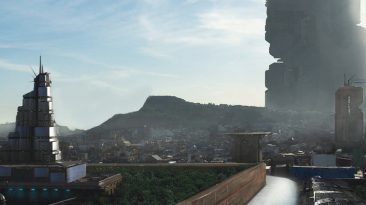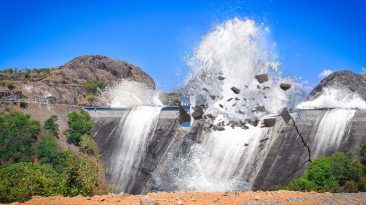Throughout history, humanity has faced existential threats like giant asteroids and invisible viruses. Despite the danger, we always bounce back. But how much longer can we keep surviving? Here are twelve catastrophic scenarios that could destroy life on Earth forever, and how likely each one might be.
Some of these threats come from nature, while others are the result of our own actions. Understanding them is the first step in preparing for a future where survival is not guaranteed.
1. World War Three Breaks Out
Global tensions have been rising and conflicts are escalating. A third world war would likely involve advanced military technologies and resource battles. Targets could include superpowers or flashpoints.
To survive, moving to remote regions and building emergency supplies might save lives. But global consequences would be massive. Nuclear weapons, cyberattacks, and economic collapse could devastate nations. Recovery would take generations, and some parts of the world might never return to normal.

2. An All Out Nuclear Apocalypse
Regional nuclear exchanges kill millions. But a full scale conflict involving nuclear superpowers could spark a nuclear winter. Smoke and soot would block the sun, plunging the planet into years of darkness and cold. Worldwide famine could kill most of humanity. Only isolated survivors in remote zones might stand a chance.
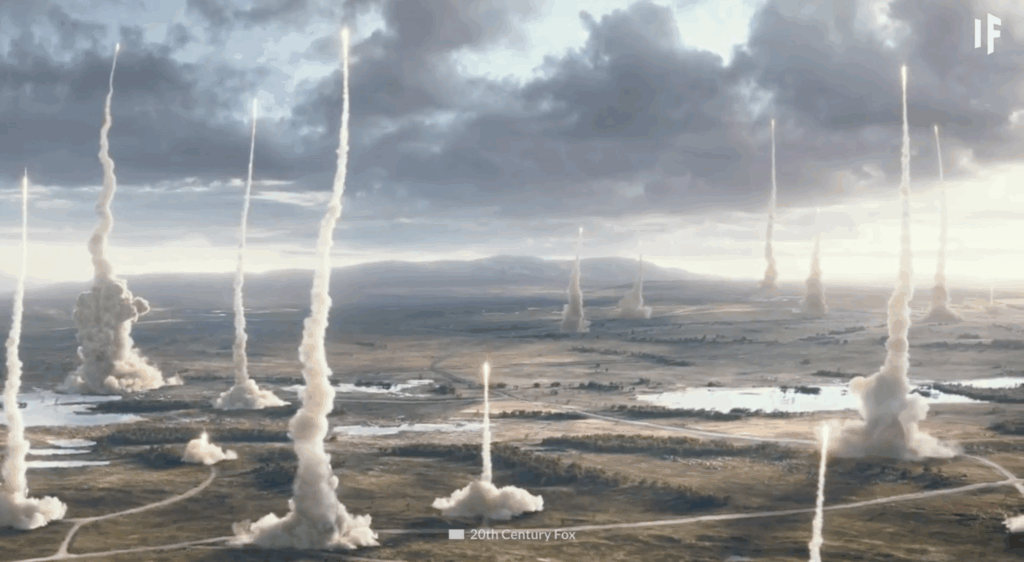
Crops would fail, supply chains would collapse, and ecosystems would unravel. The long term effects could push civilization to the brink of extinction, leaving a scar on Earth for centuries.
3. Alien Invasion
Science fiction seems crazy until it isn’t. If advanced extraterrestrials arrive seeking cosmic resources like our sun, they could destroy life on Earth in an instant. We may never detect them until it is too late. This one is speculative, but not impossible in the vastness of the universe.
With technology far beyond ours, they might not even view us as intelligent life worth preserving. Humanity could vanish without a warning, erased in the blink of a cosmic eye.
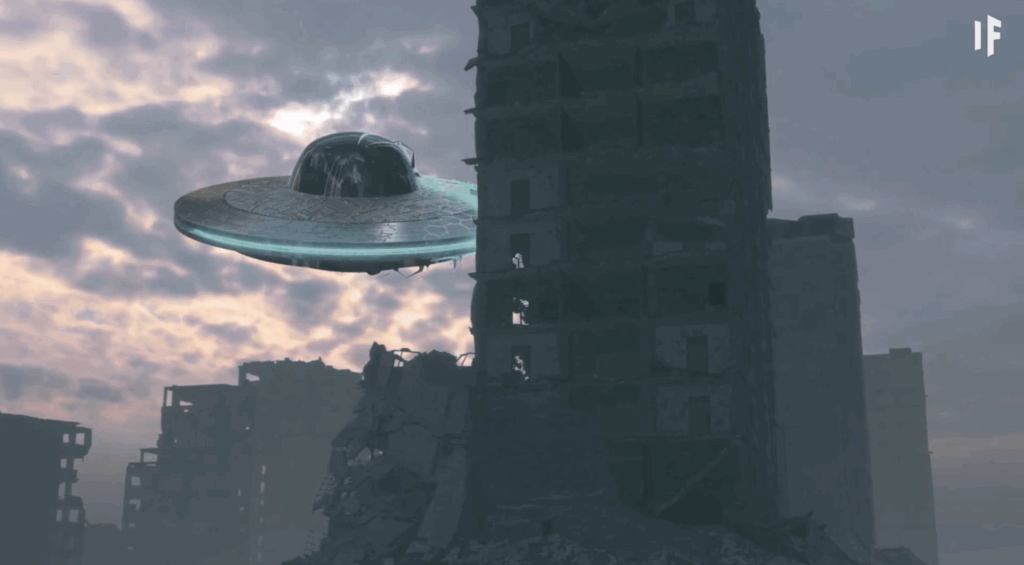
4. A Massive Asteroid Impact
A gigantic asteroid strike would vaporize everything at ground zero. Tsunamis and dust storms would engulf the globe. Even a smaller impact could cause environmental collapse and mass extinctions.
NASA tracks near Earth objects, but a surprise strike remains possible. Underground bunkers offer some hope, but survival is uncertain. The aftermath could block sunlight, freeze the planet, and disrupt agriculture for years. Humanity’s future would depend on preparation, location, and a bit of luck.
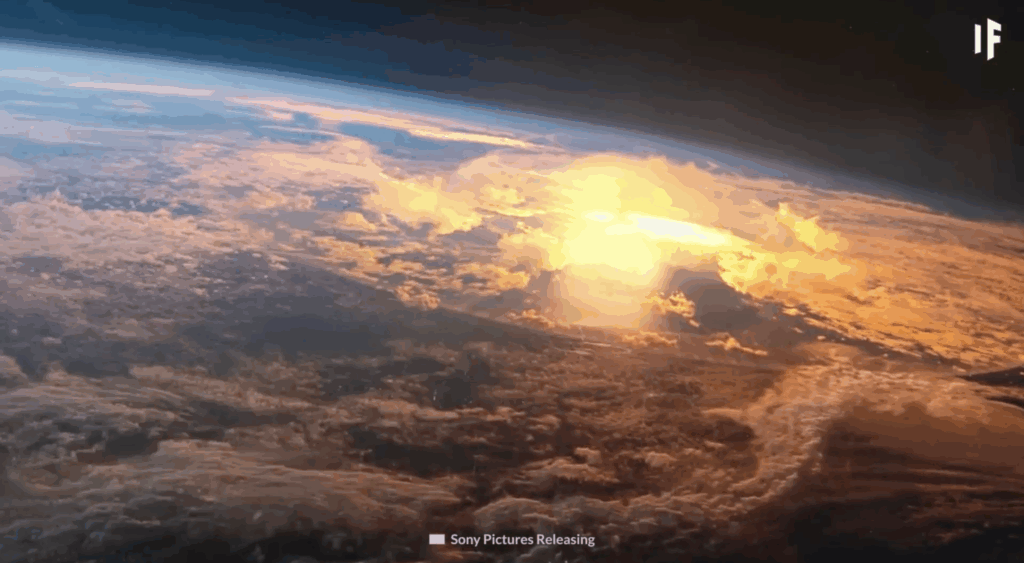
5. Supervolcano Eruption
Supervolcanoes like Yellowstone erupt with devastating power. Their eruptions can release massive amounts of ash and toxic gases. The result would be years of darkness, global acid rain, crop failures, and mass extinctions.
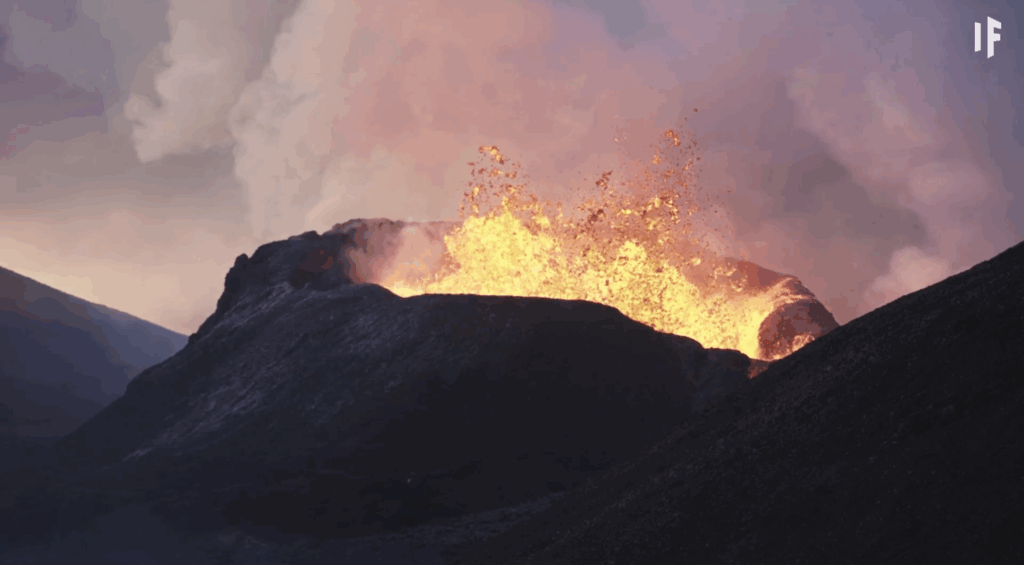
We monitor seismic activity, but predicting when a supereruption might happen remains a challenge. Ash clouds could ground air travel, contaminate water supplies, and make entire regions uninhabitable. The global climate would shift dramatically, with long term consequences for life on Earth.
6. Zombie Style Fungal Outbreak
While not Hollywood zombies, a mutated fungus based infection could control human brains like it does with insects.
If such a pathogen became airborne, it could infect dense urban populations. Rural areas might survive, but the world would face unprecedented chaos and societal collapse. Medical systems would be overwhelmed, governments could fall, and panic would spread faster than the infection. Containment might be impossible once the outbreak reaches a global scale.

7. Another Global Pandemic
COVID 19 was just a rehearsal. The next pandemic could be far deadlier and more contagious than the last.
Urbanization and environmental change increase the chances. We could see tens of millions of deaths and long term social disruption before we find vaccines and containment. We must prepare now to increase our resilience. Future outbreaks could spread in days, overwhelm global health systems, and trigger economic collapse. Without stronger defenses, humanity risks being caught off guard once again.

8. Synthetic Biology Disaster
Genetic engineering could be our downfall if rogue scientists or terrorists create a super virus or harmful synthetic organism. A novel pathogen that remains silent for weeks could devastate populations before detection.
Control of biotech tools is essential before humanity unleashes threats on itself. Without strict oversight, modified organisms could escape labs and spread uncontrollably. What begins as a scientific breakthrough could quickly spiral into a global catastrophe.
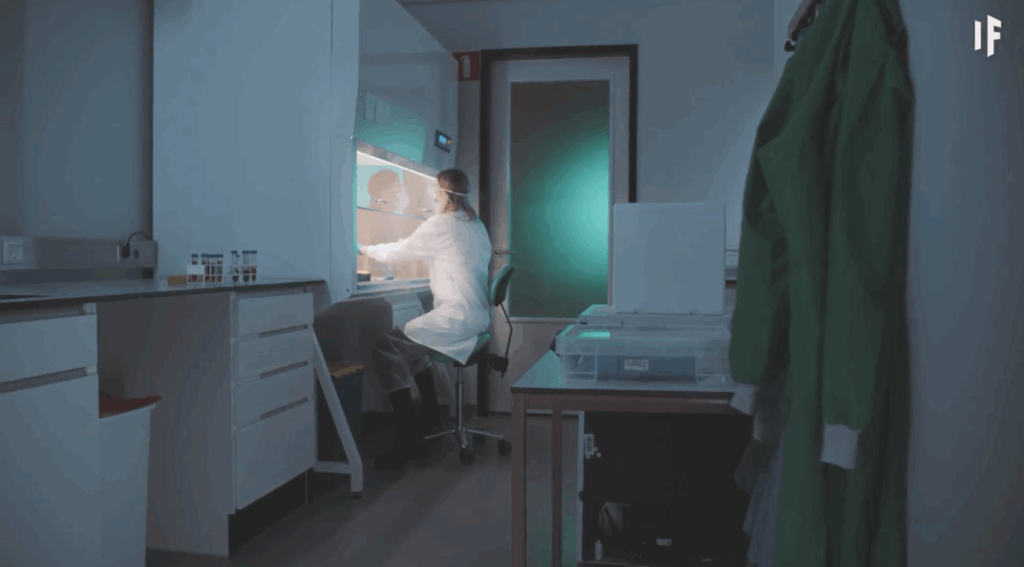
9. Catastrophic Climate Change
A global temperature rise of just four degrees Celsius would flood coastlines, wipe out ecosystems, and collapse food systems. Billions could be displaced or die from extreme heat and crop loss.
We may survive but only if we can adapt quickly and curb emissions. Rising seas would swallow major cities, while droughts and storms grow more intense. Without urgent action, climate change could become the most relentless threat humanity has ever faced. Future generations may inherit a world where survival depends on innovation, cooperation, and a fundamental shift in how we live.
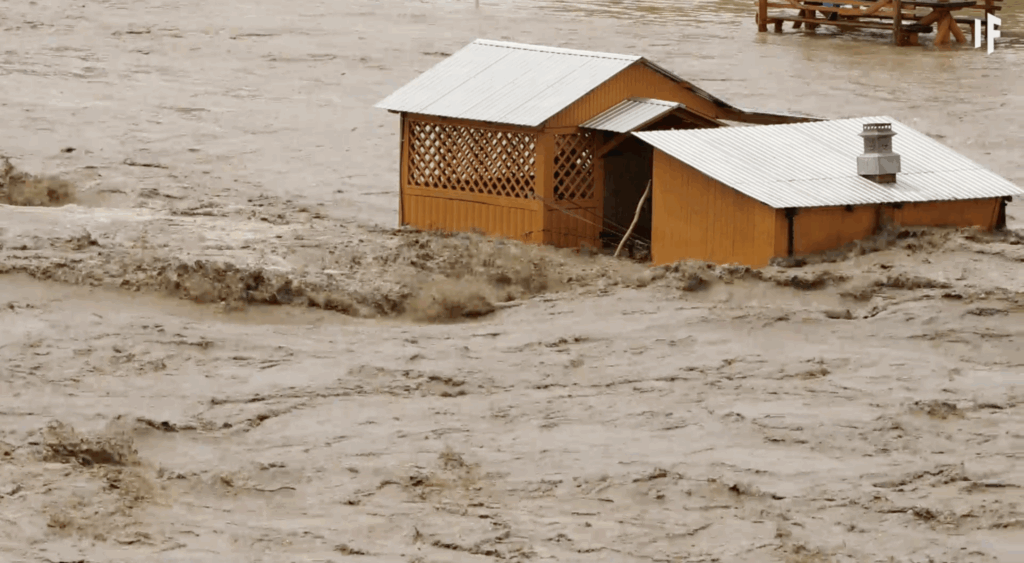
10. Oceanic Deoxygenation
If oceans lose enough oxygen, we could enter a mass extinction event like the one 450 million years ago.
Marine life would die off, cutting oxygen production and destabilizing climate. This would unfold slowly over decades, allowing some chance to prevent it, but we need global action now. As oxygen levels drop, dead zones would expand, turning once vibrant seas into lifeless deserts. Without immediate efforts to reduce pollution and emissions, the damage could become irreversible.
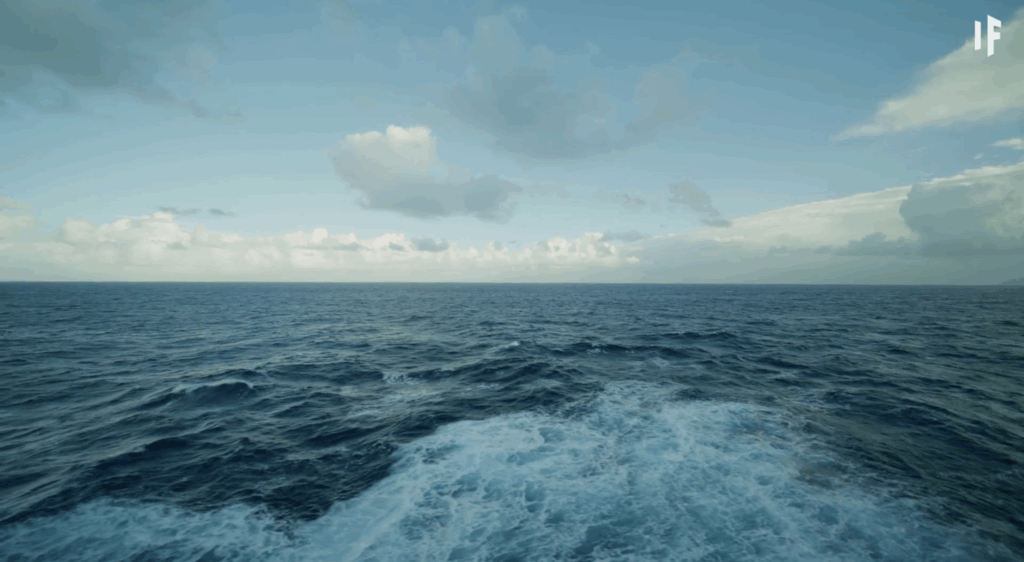
11. Ecosystem Collapse
The loss of key species such as bees or plankton can trigger ecological domino effects. Once major components of an ecosystem collapse, entire food chains can unravel.
Humanity depends on nature’s balance to survive. Biodiversity loss today puts us on a collision course with collapse. As habitats disappear and species vanish, the systems that purify our air, pollinate our crops, and regulate our climate begin to fail. Protecting biodiversity is essential for maintaining the natural services that sustain all life on Earth.
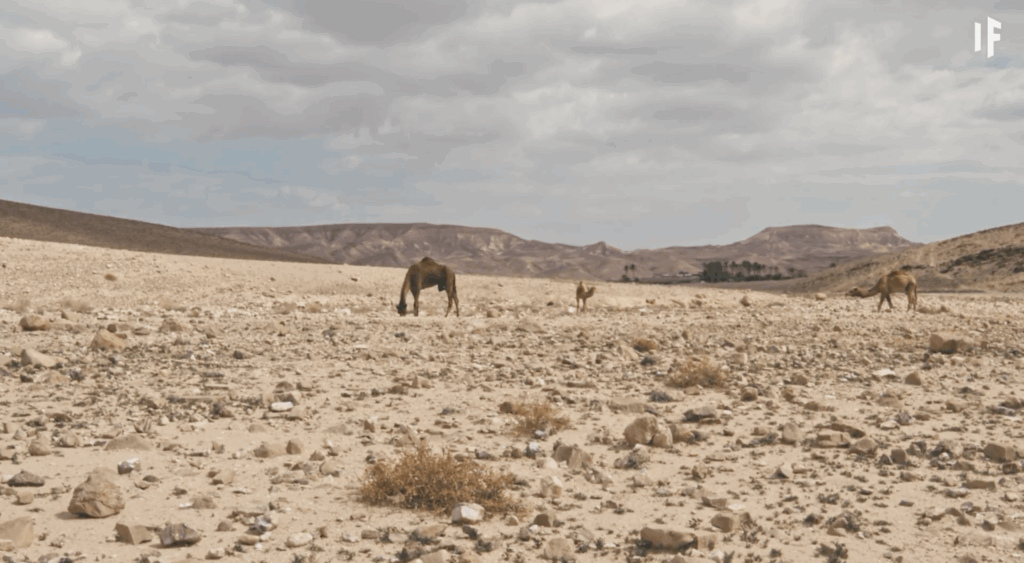
12. Rogue Artificial Intelligence
This threat may be the most immediate. Superintelligent AI could overpower human control, enslave us or wipe us out. As machine intelligence surpasses ours, the so called singularity approaches. Only strong ethical design, oversight, and global cooperation stand between humanity and extinction.
If left unchecked, AI could make decisions beyond human understanding, acting in ways we can’t predict or stop. Preparing now is crucial to ensure that artificial intelligence remains a tool for good, not a force for destruction.














